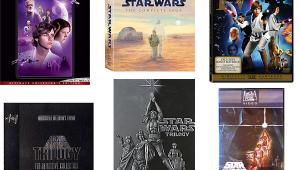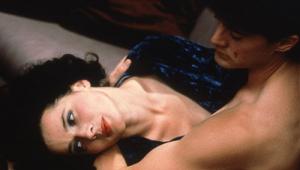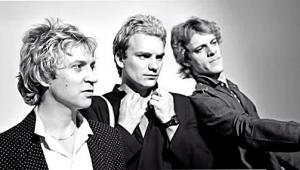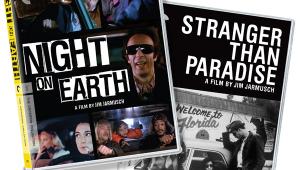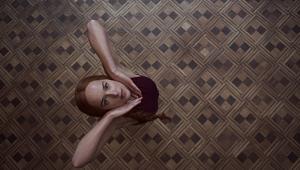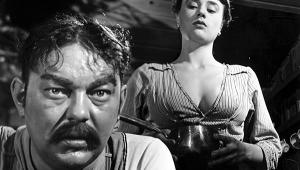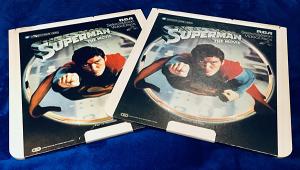Blu-ray Review: Solaris Page 2
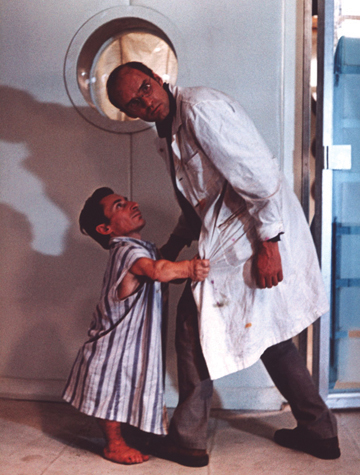
Except for a few hairs, the film has been restored for its appearance on Blu-ray. The 2.35:1 picture is sharp, with a good amount of detail. Contrast is excellent; images of dark space mottled with stars give a fine example of the film’s deep blacks and bright whites. Also striking, in the scenes of bucolic childhood, is the wide but subtle range of woodland grays, greens, and purples. Furthermore, there’s great depth to compositions, as when Kelvin wanders in the midst of a sea of bushes and then stops to look at a wooden house across a misty pond.
Space-station sequences are flatter and grainier (though not intrusively so). They have a cold, clinical look, exhibiting a less complex palette of whites and pale blues — other than the odd block of rich primary color, such as the blood red of control panels.
The uncompressed PCM mono soundtrack is clear and open. Voices and effects — even the almost imperceptible movements of water — are distinct, especially when they follow periods of silence. The score (featuring not just electronica but also Bach organ pieces) is nicely bassy, but choral voices have a little sibilance to them. Country sounds of bees, dogs, and rain are all convincing, while the space-station atmospherics deliver strange metallic clatters, shattering glass, and unlikely wind chimes mixed in with the technological effects.
In their commentary, film scholars Vida Johnson and Graham Petrie do a decent job of recounting the history of the director and this production. What’s lacking, though, is an analysis of Tarkovsky’s themes and cinematic language. Long video interviews with actress Natalya Bondarchuk, cinematographer Vadim Yusov, art director Mikhail Romadin, and composer Eduard Artemyev fill in a lot more information on the film’s background, the shoot itself, and the difficulties of dealing with Soviet censors. There’s also a 5-minute excerpt from a documentary about novelist Lem.
Coming after the 2 hours and 46 minutes of the film itself, 25 minutes of deleted and alternate scenes don’t say much that hasn’t already been said. But they show more of the remarkable images created by one of cinema’s greatest visual poets.
(Photos courtesy of The Criterion Collection)
- Log in or register to post comments


